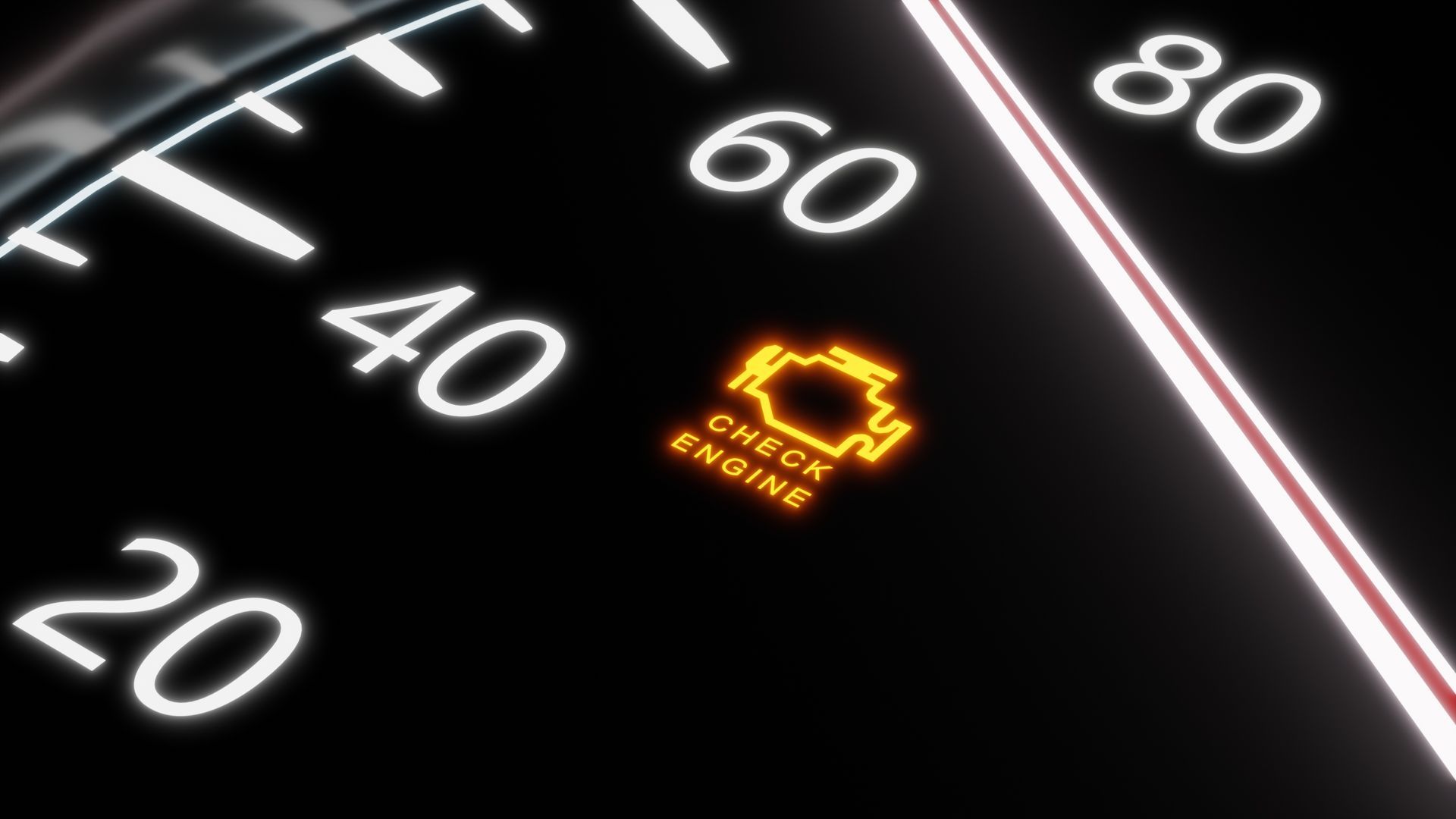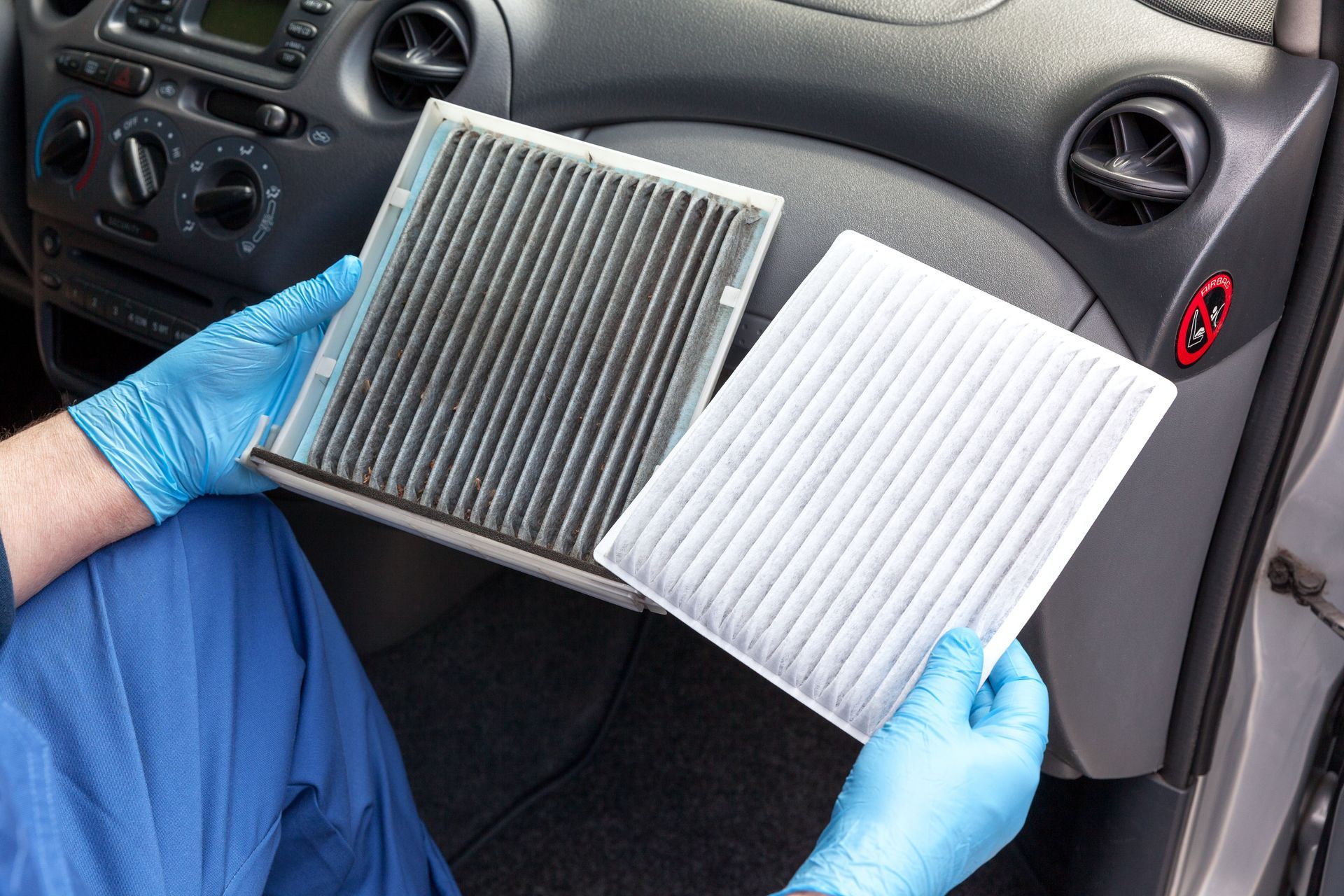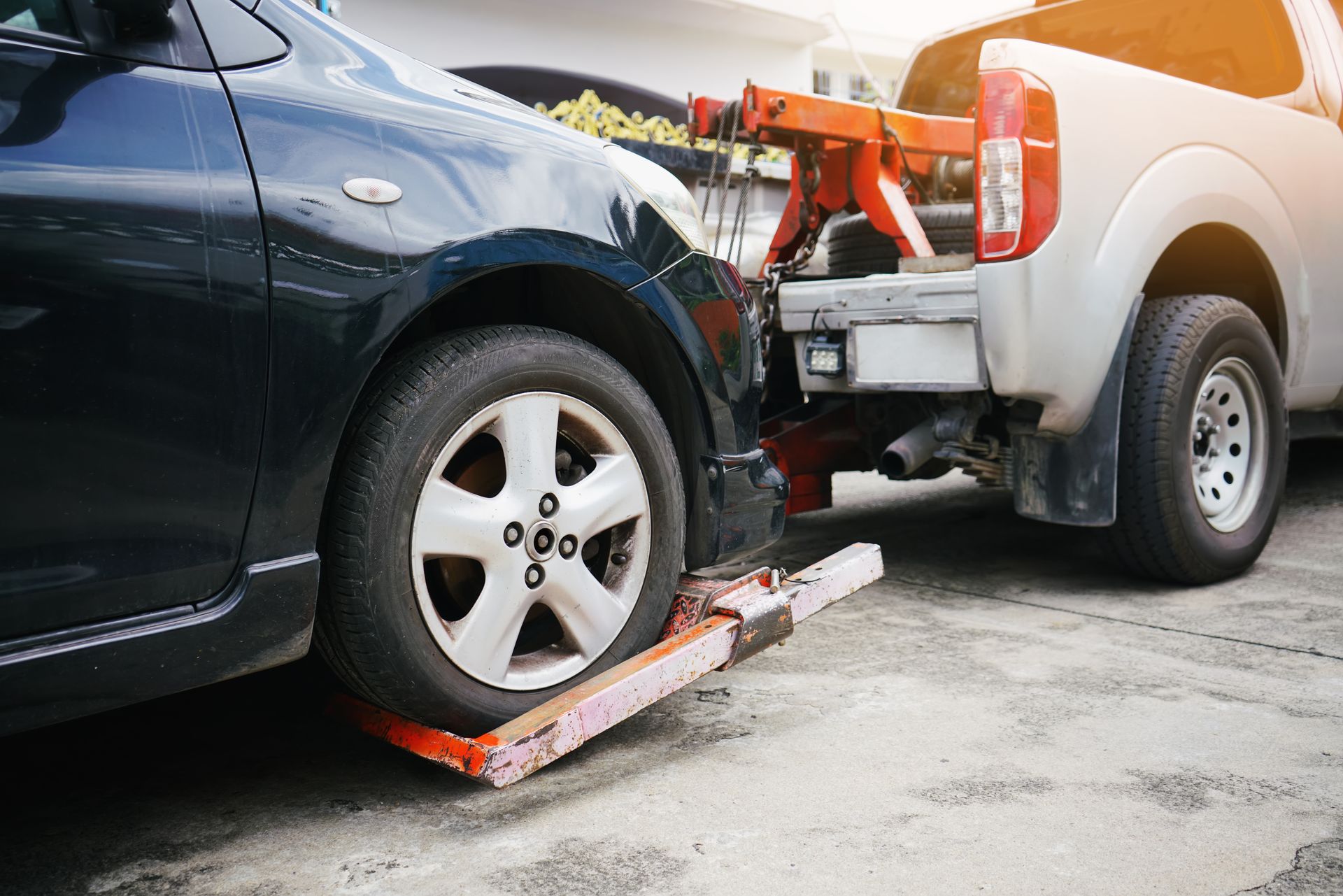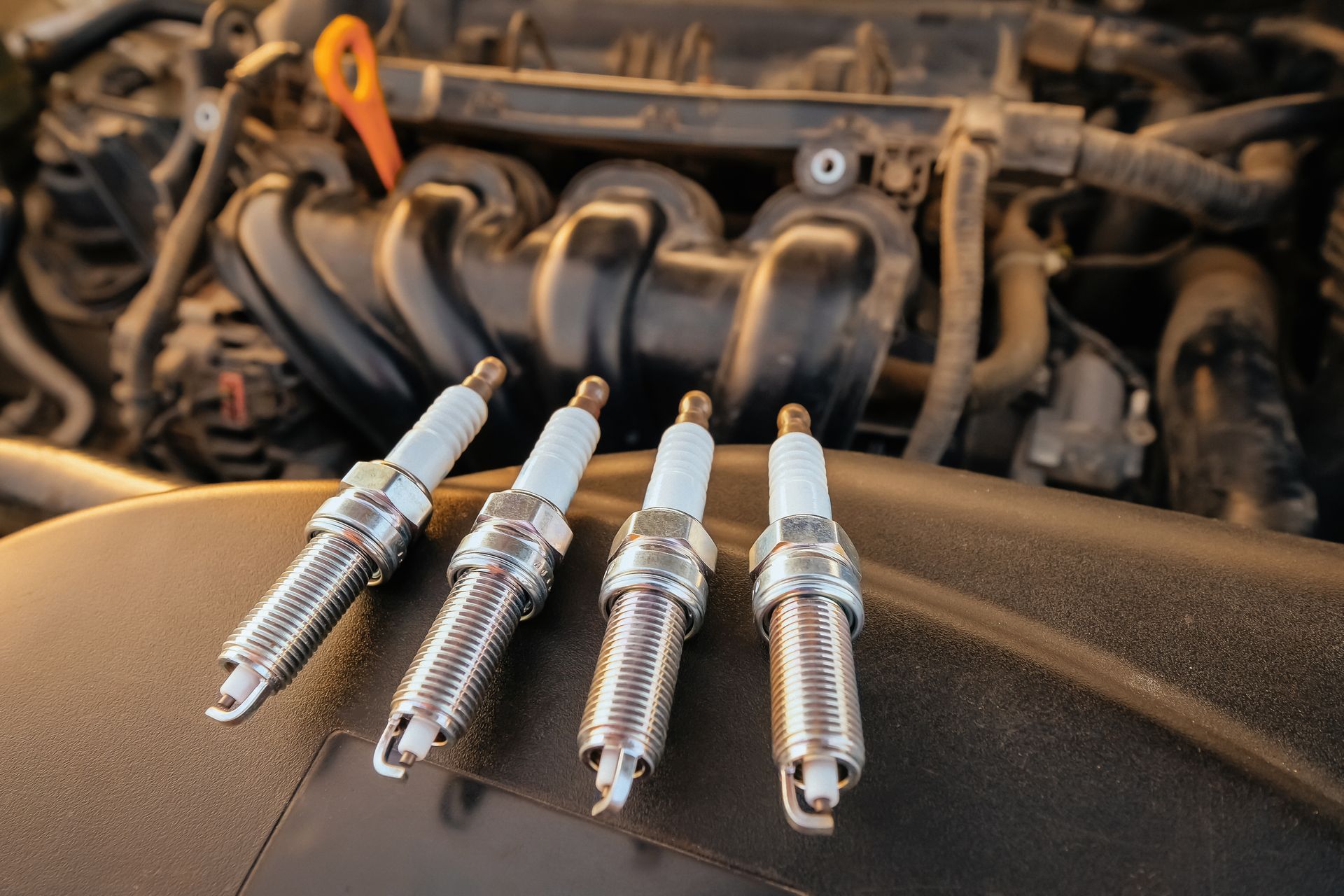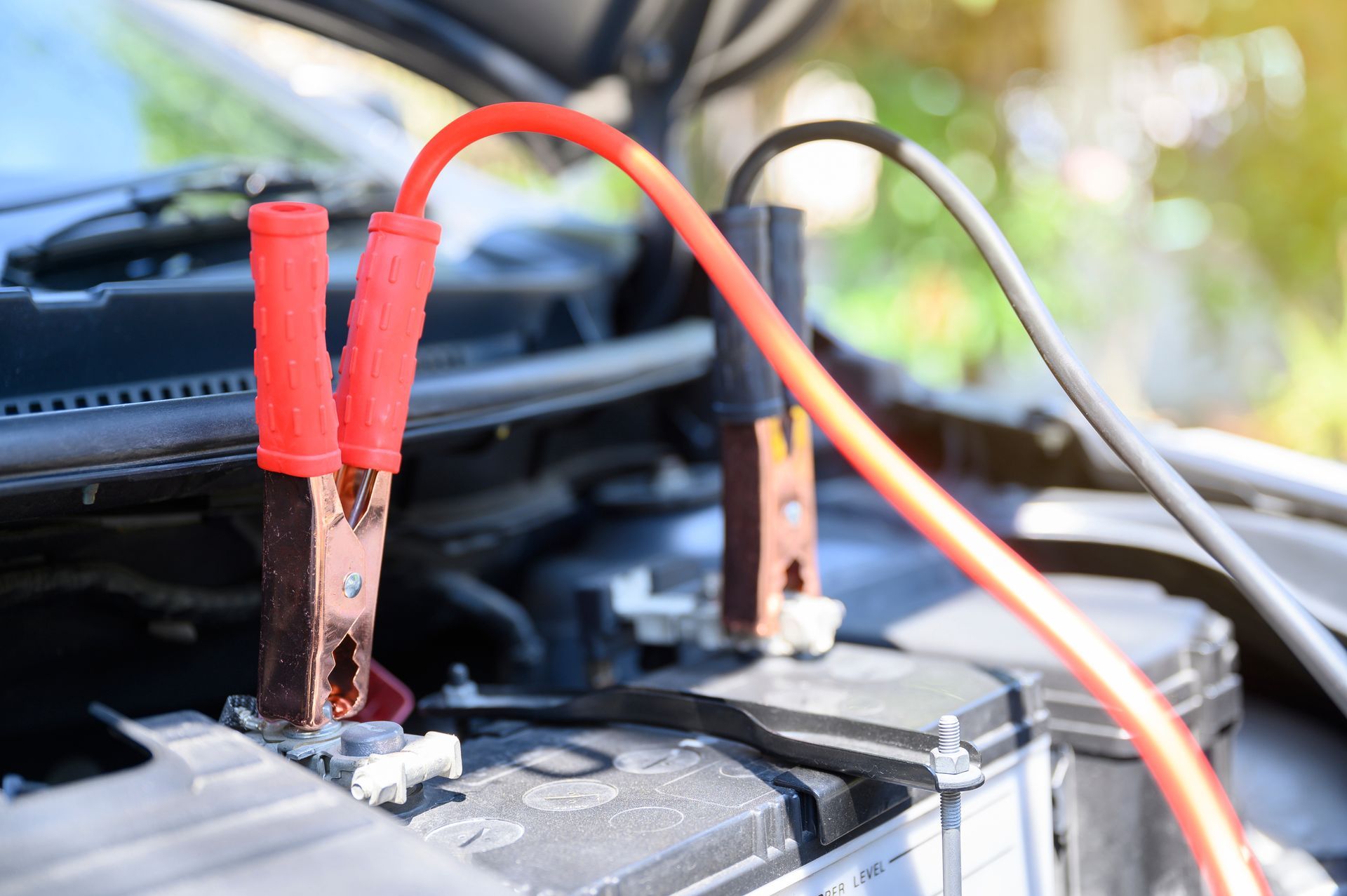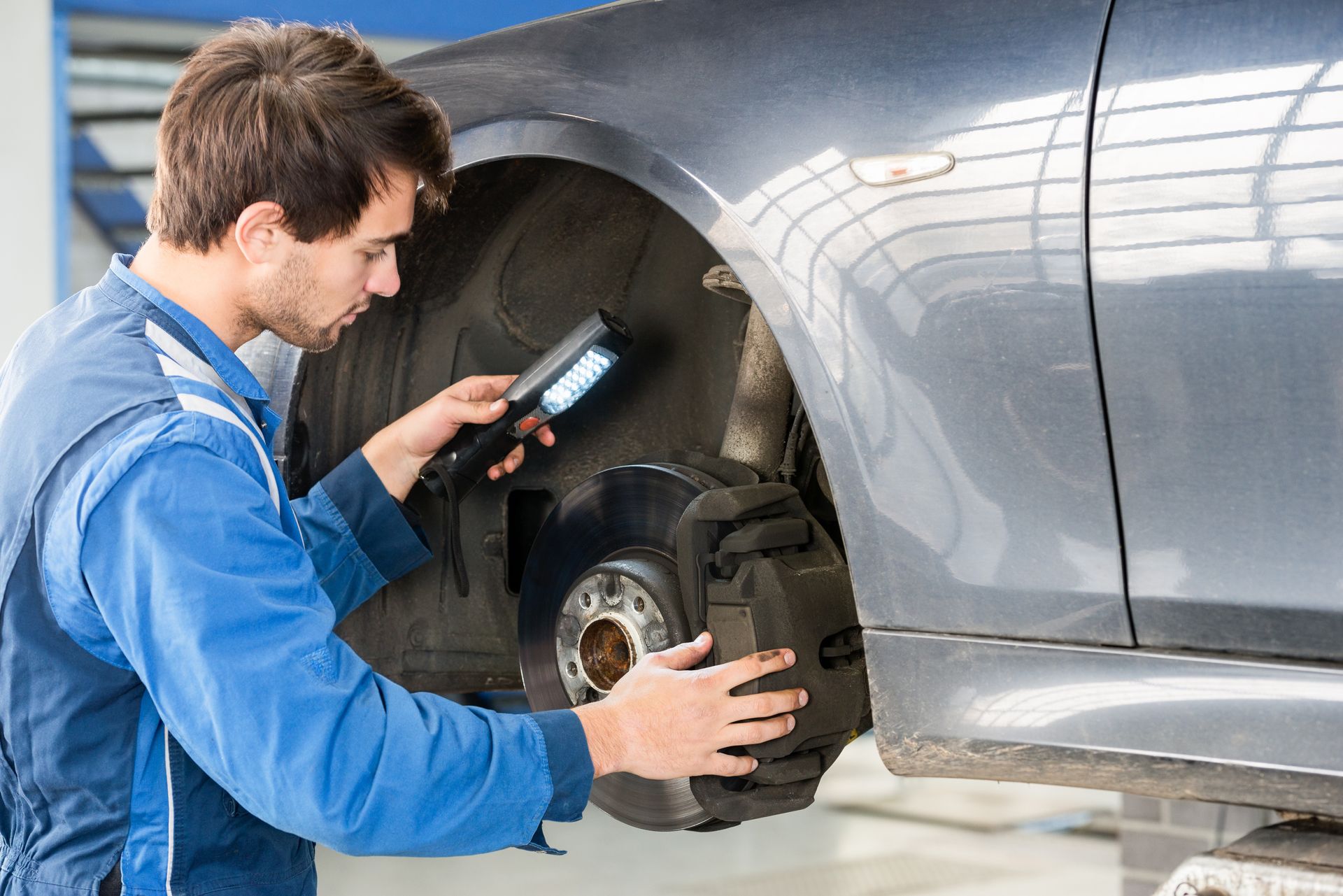Keeping your car in top condition requires constant care and maintenance. Regular, simple checks at home help you catch potential issues early, prevent costly repairs, and ensure your vehicle runs efficiently. If you're wondering where to start, we’ve got you covered. Here are seven essential car maintenance checks that you can easily perform yourself, even if you’re not a car expert.
1. Check Your Engine Oil Levels
The engine oil lubricates the engine components and prevents them from overheating due to friction. Regularly checking your oil levels ensures your engine is running smoothly and efficiently.
To check the oil:
- Let your car cool down after use.
- Pull out the dipstick, wipe it clean, then dip it back in.
- Pull it out again to see the oil level. If it’s below the minimum mark, you’ll need to top it up.
While checking the oil level, also pay attention to the color. If it’s dark and dirty, it’s time for an oil change.
2. Inspect Tire Pressure and Tread Depth
Proper tire maintenance is critical for safe driving. Under-inflated or worn-out tires can affect handling and fuel efficiency, not to mention being a potential safety hazard.
Here’s how to do a simple tire check:
- Use a tire pressure gauge to check the air pressure in all four tires, including the spare. The recommended pressure is usually listed on a sticker on your car’s door frame and in the owner’s manual.
- Check the tread depth using the penny test: place a penny headfirst into the tread. If you can see the top of Lincoln’s head, your tires are too worn and should be replaced.
3. Test Your Car Battery
A weak or dead battery can leave you stranded, but it’s easy to prevent this with regular testing. Most auto parts stores offer free battery testing, but you can also check it yourself if you have a multimeter.
- A healthy car battery should measure around 12.6 volts or higher when the car is off.
- Corrosion around the battery terminals can also be an issue. If you notice any white or bluish residue, clean it off with a mixture of baking soda and water, and make sure the terminals are tightly connected.
4. Examine Your Wipers and Windshield Fluid
Visibility is crucial when driving, especially during bad weather. That’s why keeping your windshield wipers in good condition and your washer fluid topped up is essential.
To maintain your wipers:
- Inspect them for cracks or stiffness. If they’re leaving streaks or making noise, it’s time to replace them.
- Check your washer fluid levels and top them up if needed. Don’t forget to use a fluid that’s appropriate for your local climate, especially if you live in an area with cold winters.
5. Inspect Your Brake Pads
Your brakes are perhaps the most important safety feature on your vehicle. While a full brake inspection might require a professional, you can easily check the brake pads at home.
- Look through the spokes of your wheels to see the brake pads. If they appear less than 1/4 inch thick, it’s time to have them replaced.
- Listen for any unusual noises when you brake, such as squeaking or grinding. These sounds could indicate worn brake pads or other issues with the braking system.
6. Check Your Lights
Faulty headlights, brake lights, or turn signals can pose a serious risk while driving, especially at night or in bad weather. Fortunately, checking your lights is simple.
- Turn on your headlights, high beams, hazard lights, and turn signals one by one, and check if they’re working properly.
- Ask someone to help you check the brake lights by pressing the brake pedal while you observe from behind.
7. Monitor Fluid Levels: Coolant, Transmission, and Brake Fluid
Your vehicle relies on various fluids to operate smoothly, from coolant to transmission fluid. Low levels of these fluids can lead to serious damage.
- Check the coolant level by locating the radiator or coolant reservoir. It should be filled to the maximum level.
- For brake fluid and transmission fluid, locate their respective reservoirs and ensure they are at the proper levels.
If any fluid looks dirty or low, it’s best to consult a professional.
Is your car due for a professional inspection or repair? Visit
808 Automotive for expert maintenance services. From fluid top-offs to brake checks, we’ve got you covered. Book your appointment today!

